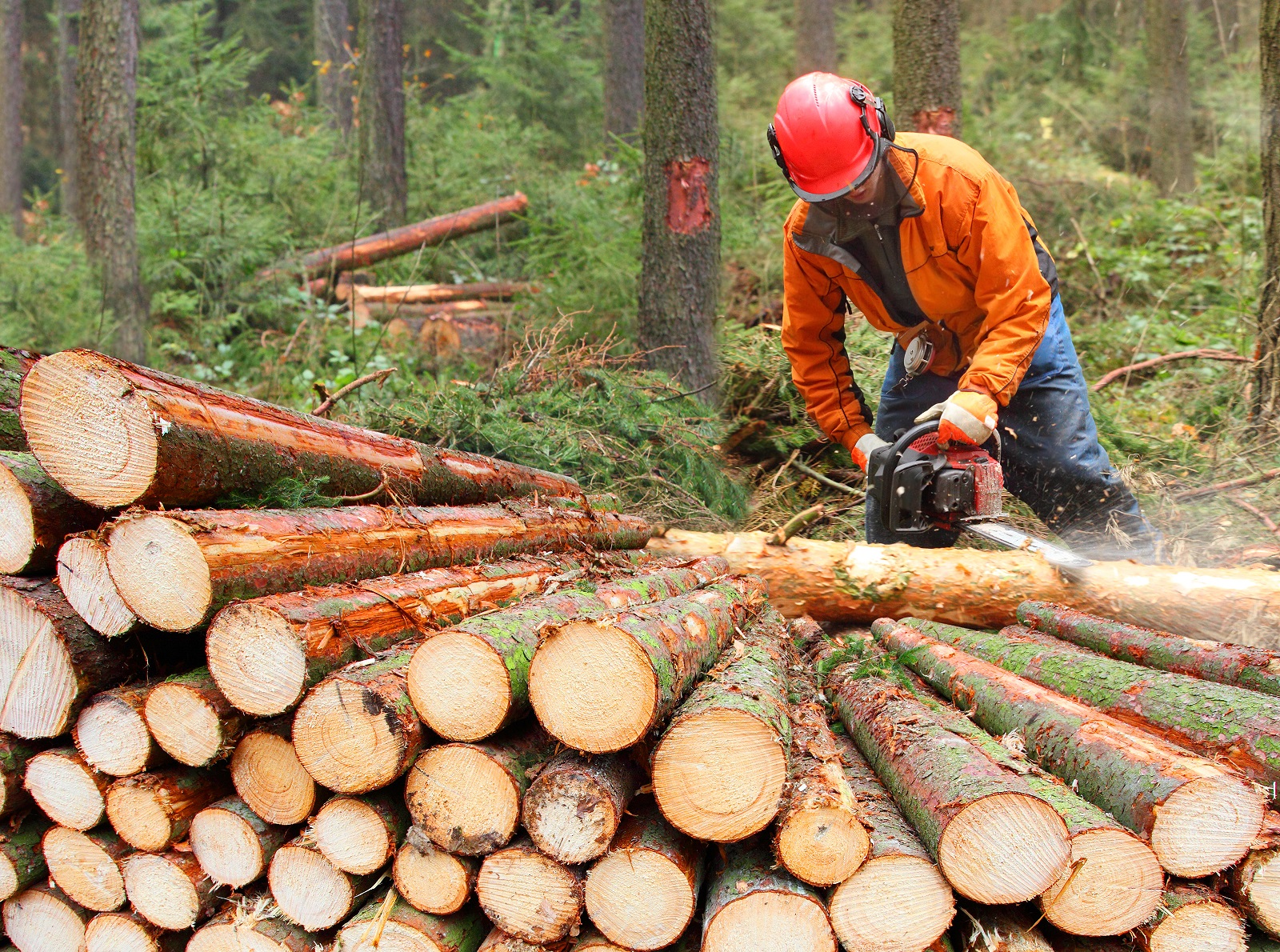A look at the most dangerous occupations in the U.S., as measured by fatal work injury rate.
One of the most common ways to measure the dangerousness of an occupation is by the total number of fatalities in a year. Going by that metric, truck drivers and material moving occupations are at the top of the list, with 1,388 fatal injuries in 2016, according to recent data compiled by the Bureau of Labor Statistics. In fact, that number is up 7% over the previous year, the highest it’s been since 2007, and all told fatalities among drivers accounts for more than one-quarter of all work-related fatalities in the U.S. Little surprise, then, how much attention is being given to the development of autonomous vehicles and intelligent highway projects.
However, another metric provided by the BLS offers a different perspective on the overall danger factor of a job: FWIR, calculated per 100,000 full-time equivalent workers. So any occupation with a higher percentage of its workers suffering fatal injuries would end up being higher on the list than drivers. It’s not an enviable list to be on, there’s no doubt about that.
10. Grounds Maintenance, 17.4 fatal work injury rate, 217 fatalities
9. Supervisors of Construction Workers, 18.0 fatal work injury rate, 134 fatalities
8. Farmers, Ranchers and Agricultural Managers, 23.1 fatal work injury rate, 260 fatalities.
7. Truck Drivers and Other Drivers, 24.7 fatal work injury rate, 918 fatalities.
6. Structural Iron and Steel Workers, 25.1 fatal work injury rate, 16 fatalities.
5. Refuse and Recyclable Material Collectors, 34.1 fatal work injury rate, 31 fatalities.
4. Roofers, 48.6 fatal work injury rate, 101 fatalities.
3. Aircraft Pilots and Flight Engineers, 55.5 fatal work injury rate, 75 fatalities.
2. Fishers and Related Fishing Workers, 86.0 fatal work injury rate, 24 fatalities.
1. Logging Workers, 135.9 fatal work injury rate, 91 fatalities.
IMEC Technologies provides Safety Management Software to increase worker safety and aid compliance. IMEC’s Safety Management Software will manage inspections and audits, provides hazard identification, incident reporting, management of corrective and preventative actions from generation to closure. IMEC provides lock out tag out software solutions that will allow users to create lockout tagout procedures using an intuitive Mobile App and Manage Lockout Tagout Procedures, also the Review and Execution of those Lockout Tagout Procedures using the Mobile App. Annual Lockout Tagout Procedures audits are conducted using a Mobile App. The Mobile Inspection App allow users to perform inspections and audits, for example the system can be used as a Fire Extinguisher Barcode Inspection Software system to manage monthly fire extinguisher inspections and general fire safety inspections and also to record safety observations and manage corrective actions, anywhere and anytime. The solution can be used as a fire extinguisher barcode inspection software system or life safety inspection system to aid compliance in Higher Education, Healthcare, Industrial and Commercial Organizations. Benefits from a Fire Extinguisher Barcode System include the elimination of paperwork and reducing the burden of compliance with regulations such as NFPA, The Joint Commission. The Incident Reporting App allows users to easily and quickly report incidents, hazards and near-misses, these are then sent to the appropriate people for action and are managed to closure. Web Apps provide features such as, setup, management, scheduling tools, analysis, reporting and dashboards etc with the ability to report incidents to government bodies such as OSHA and RIDDOR. HazMat T&T is a hazardous waste management software solution designed for Environmental Service Companies and companies who generate a large quantity of hazardous waste. The solution tracks hazardous waste from cradle to grave aiding compliance, providing accurate waste inventory, increasing waste handling efficiency, reducing risk and also helps manage waste costs. HazMat T&T Hazardous Waste Management Software can be deployed in a number of deployment scenarios, from Large Hazardous Waste Generators, tracking their hazardous waste at their site to Environmental Service and Waste Management Companies using it track and manage hazardous waste at transfer and disposal sites. For more information visit our website www.imectechnologies.com

